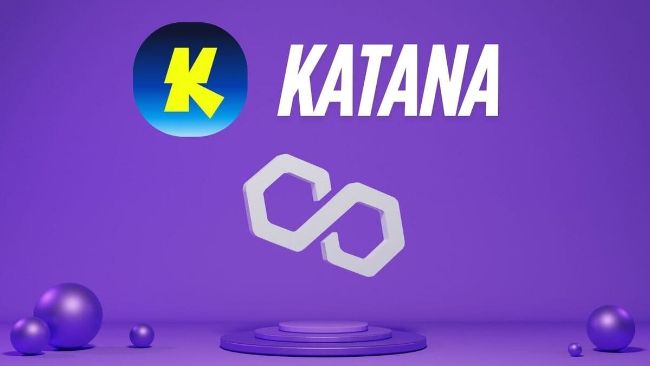As Michael Saylor piles dividend and interest obligations onto MicroStrategy (MSTR) in order to buy bitcoin (BTC), doubts about his strategy are rising.
The stock is trading at half the 3.4X BTC premium it enjoyed as recently as November 20, and social media is buzzing about whether the company actually possesses all its BTC.
Already, shareholders are calling for proof of reserves, however, during a Bitcoin 2025 talk, Saylor claimed that the “current conventional way” to publish them is insecure and “dilutes the security” of custodians, exchanges, and investors.
Today, MicroStrategy is trading at a 65% premium to the value of its BTC holdings. That 1.65 multiple-to-net asset value or mNAV is a popular albeit imprecise valuation for publicly-traded BTC treasury companies like MicroStrategy.
Technically speaking, public companies have no net asset value per se, and mNAV simply divides the company’s market capitalization by the value of its BTC holdings with no regard for debt or other obligations.
In other words, that mNAV is above one in the first place is as curious as it is remarkable.
Funded by billions of dollars worth of dilutive stock offerings, convertible debt, and dividend-yielding preferred shares, MicroStrategy has amassed over $60 billion worth of BTC — quadruple the value it held 12 months ago.
Indeed, as BTC has rallied to new highs, Saylor’s leveraged trade has profited spectacularly. At $107,000 per BTC this past weekend versus MicroStrategy’s cost basis of just $69,726, the company has unrealized profit exceeding $20 billion.
The persistence of MicroStrategy’s premium
Profitability doesn’t seem to be the problem. Instead, the question on most investors’ minds is the price trajectory of BTC itself — and whether Saylor can continue to sell cheap debt and keep investors enthusiastic amid a raft of new competition.
Already this year, competitors like Twenty One, Nakamoto, MetaPlanet, Semler, KULR, Blockchain Group, Aker, Strive, Nuvve, and many other publicly-traded companies have raised capital to buy BTC and compete with Saylor.
Skeptics of Saylor’s “dilutive accretion” — selling shares to raise dollars for BTC purchases — include famed short-seller Jim Chanos. The ex-Kynikos investment manager believes MicroStrategy is “ridiculously” overvalued relative to its BTC holdings.
MicroStrategy also has interest and dividend obligations. The company already has $8.2 billion in notional debt requiring an average of $34.6 million in annual interest payments, even at the relatively modest interest rate of 0.42%.
Skeptics have also called metrics like bitcoin yield per share “made up” as it often conveys how much mNAV the company has captured from pre-existing shareholders. Indeed, mNAV benefits shareholders before the company’s dilutive share sales capture it to transform it into the bitcoin yield per share metric.
Read more: MicroStrategy wannabes and the return of mNAV mania
Undeterred, Michael Saylor continues buying
Nevertheless, these critiques haven’t dampened Saylor’s enthusiasm. Indeed, he reaffirmed his preference for BTC over fiat and even joked about selling teeth to hold on — a clapback at the Financial Times for analogizing BTC scarcity to the scarcity of human body parts.
Like every company that uses financial leverage to amass BTC, MicroStrategy is taking dangerous risks with other people’s money. Its list of statutory risk disclosures spans 28 pages on its latest quarterly filing.
With a high ratio of market cap to its BTC and new competitors entering the market, some investors are adding caution.
Still, a loyal fan base of investors continues to believe MicroStrategy will earn a renewed premium from the world’s largest corporately-owned pile of BTC and attract new inflows of investor confidence.
After all, the stock has certainly outperformed BTC in recent memory. Over the last five years, BTC is up 1,100%, whereas MSTR is up 2,900% over the same period.















Leave a Reply